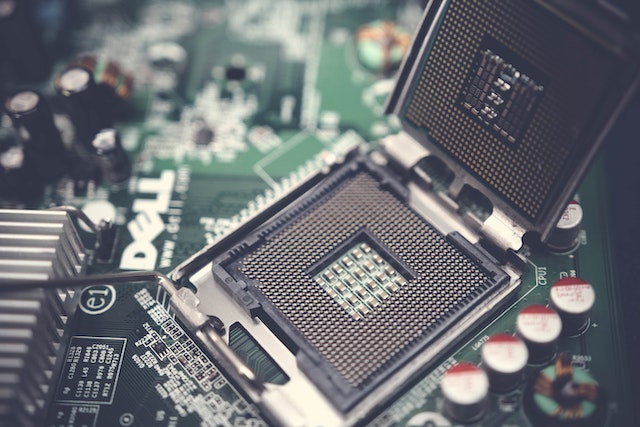A processor is an electronic device that includes several blocks , including some very interesting ones called nuclei, which are in charge of executing the instructions and can be seen as miniature micros.
Multi-core processors have grown so much in popularity over the years that it’s now almost impossible to find one that doesn’t have more than one of them inside.
This has been possible thanks to improvements in manufacturing technologies that have made it possible to greatly reduce the size of the microphones, giving more free space to engineers, thus being able to double or even triple their internal blocks.
In this way, we went from being able to execute a single task to working with several at the same time.
The idea is not new. Before two or more cores could be integrated inside the chip, there were multiprocessor computers.
In these there was more than one micro on the same motherboard .
As you can imagine they were very expensive and needed special boards to make them work. The idea in essence is the same but much more efficient since everything is included in the same chip.
Table of Contents
A processor with two cores is not twice as fast
Not all applications are capable of using more than one core simultaneously. To better understand this imagine a program that is going to add a very large series of numbers.
If you use a single core, it will need to perform all operations one by one in order to continue.
If doing this splits the initial string of numbers into multiple sets you can speed it up by using more than one core. Now you only have to add the total of each operation at the end.
Keep in mind that you will take advantage of this advantage only and only if the program is adapted, which requires the intervention of the programmers.
In other situations having two or more cores leads to very large performance gains.
Especially when avoiding blockages like those that occur almost continuously with programs that are in memory such as antiviruses .
A utility of this type is capable of consuming 100% of a core, stopping the execution of other applications until they finish their work.
In these cases, having more cores improves the response of the entire system radically.
Dual-core processors are therefore more agile in responding to your orders. The operating system is more relieved. But you should not think that in general they finish their work in half the time.
Is it useful to have more than two cores of processor?
You must be thinking, if with two cores we are able to remove some locks, what can’t we do with three or more?
In principle, if you have more cores, the processor can handle more applications and perform more tasks at the same time.
The manufacturers and designers of micros are clear about this gain in performance and the trend is for us to have more cores in each processor in the future.
Unfortunately, most of the utilities and applications cannot benefit directly or indirectly since their operations cannot be performed in parallel.
However, it is true that there are tasks that benefit more clearly from the increase in cores in processor:
-
Photo retouching.
Especially in the application of filters. A multi-core processor can compute different regions of the same image at the same time.
In these cases the speed increases linearly with the number of these elements.
-
Video works.
It is similar to what happens in the previous case, the utility can work with more than one frame at a time thus speeding up the process.
-
Strategy games.
There are many games in which the next move is based on calculating future positions, the clearest case being chess.
If these positions can be evaluated independently, a processor with a higher core count will always be an advantage.
Unfortunately, it does not speed up other types of games in the same way.
-
Rendering.
3D imaging also takes advantage of this increase. The reason is similar to photo retouching since the programs can calculate different regions independently.
Do not confuse this type of images with those used in PC games that are created by the graphics card and to which, in principle, the type of processor does not matter much.
What would be the ideal number of nuclei?
For applications that are not the above, four cores is more than enough since the programs, and the operating system itself, are incapable of getting juice from a micro with a greater number of them.
Stay tune with us Fabtekno.com to get more interesting article
